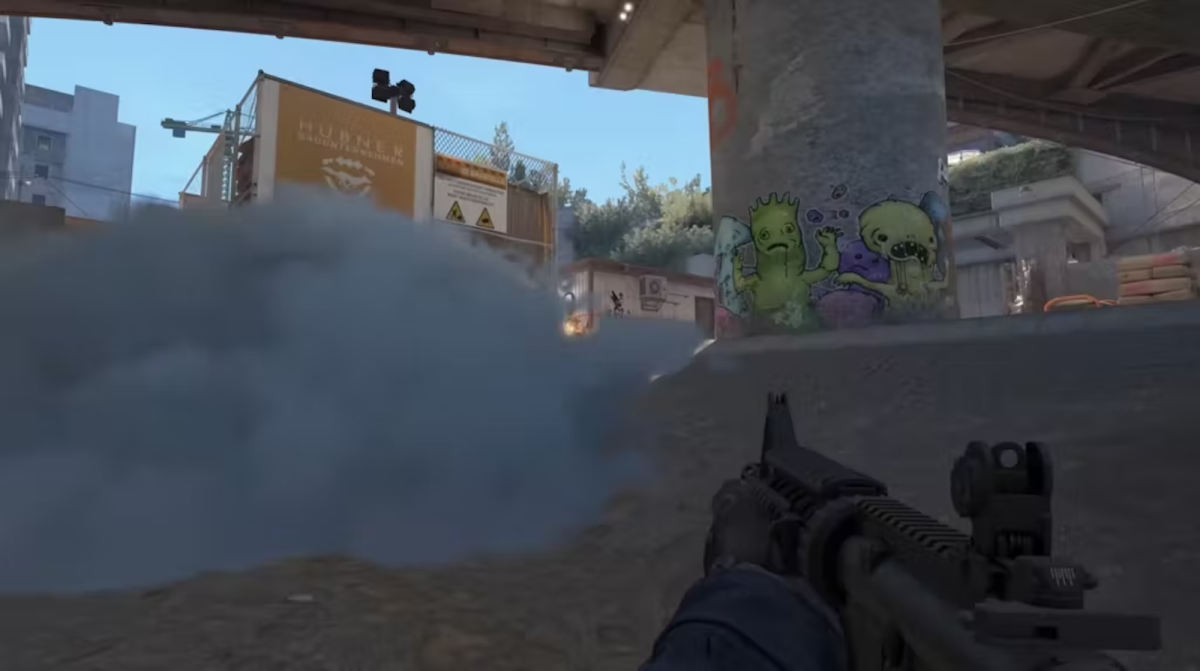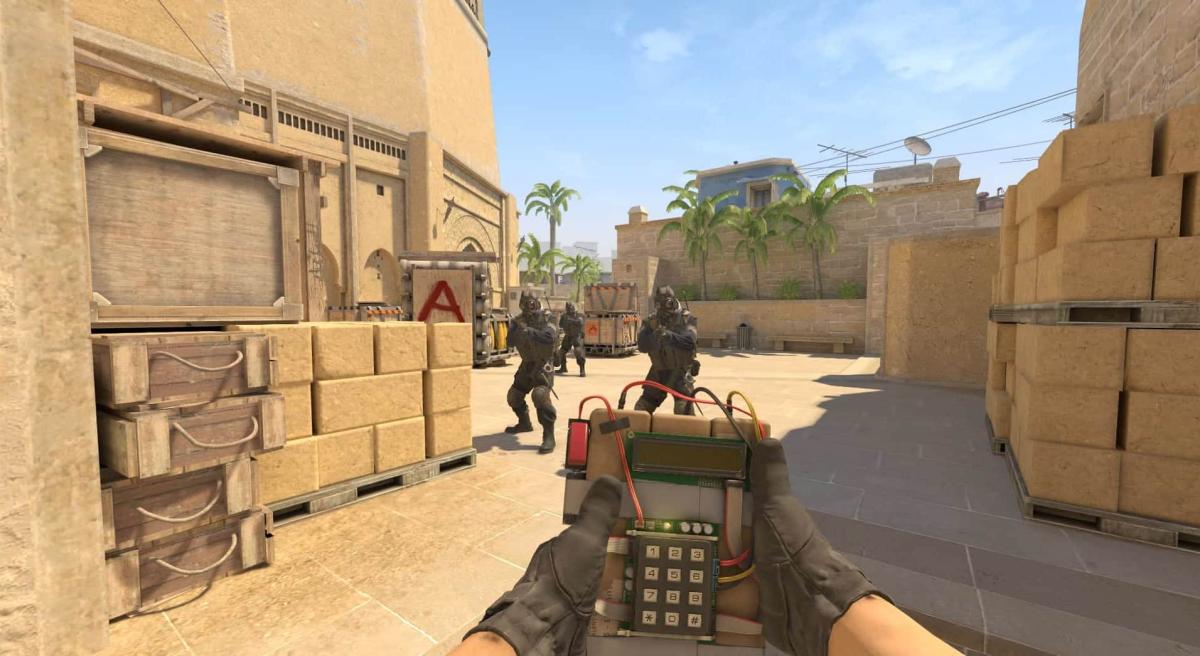One of the biggest complaints about the movement in Counter-Strike 2 is just how clunky it is. No matter what you do, you’re always getting stuck on something, and sometimes it feels like your movement is delayed.
The delay isn’t a placebo, either: It’s real, according to the CS community, and a fix has already been discovered.
Counter-Strike hinges on precise timings for effective movement and utility. Any delay in players’ keystrokes can cause inconsistency, which means they can miss jumps through no fault of their own.
Valve have been working to avoid having CS2’s advanced movement and techniques contingent on the autoexec, as shown by their changes to the jump-throw, but the uncanny delay means a keybind is necessary to eliminate randomness.
Here are the binds that can eliminate the delay:
- bind “w” “+forward”
- bind “s” “+back”
- bind “a” “+left”
- bind “d” “+right”
- bind “space” “+jump”
- bind “shift” “+sprint”
- bind “ctrl” “+duck”
- bind “w” “+forward; clear”
- bind “s” “+back; clear”
- bind “a” “+left; clear”
- bind “d” “+right; clear”
- bind “space” “+jump; clear”
- bind “shift” “+sprint; clear”
- bind “ctrl” “+duck; clear”
The new “subtick” system, which eliminates the classic difference between 64 tick servers for matchmaking and the 128 tick servers used on FACEIT and in professional play, is currently not doing so well.
One of the game’s all-time greats hates the system, saying it feels worse than ever. The Counter-Strike community at large is bemoaning the lack of 128-tick servers, and currently thinks that subtick is poorly integrated.
Whatever the reason, once the hiccups are fixed, CS2 is going to be a stellar entry in the competitive first-person shooter genre. The issues with latency and servers are likely to be fixed sooner rather than later, as Valve has forced all players onto the new system.











Published: Oct 7, 2023 09:08 am